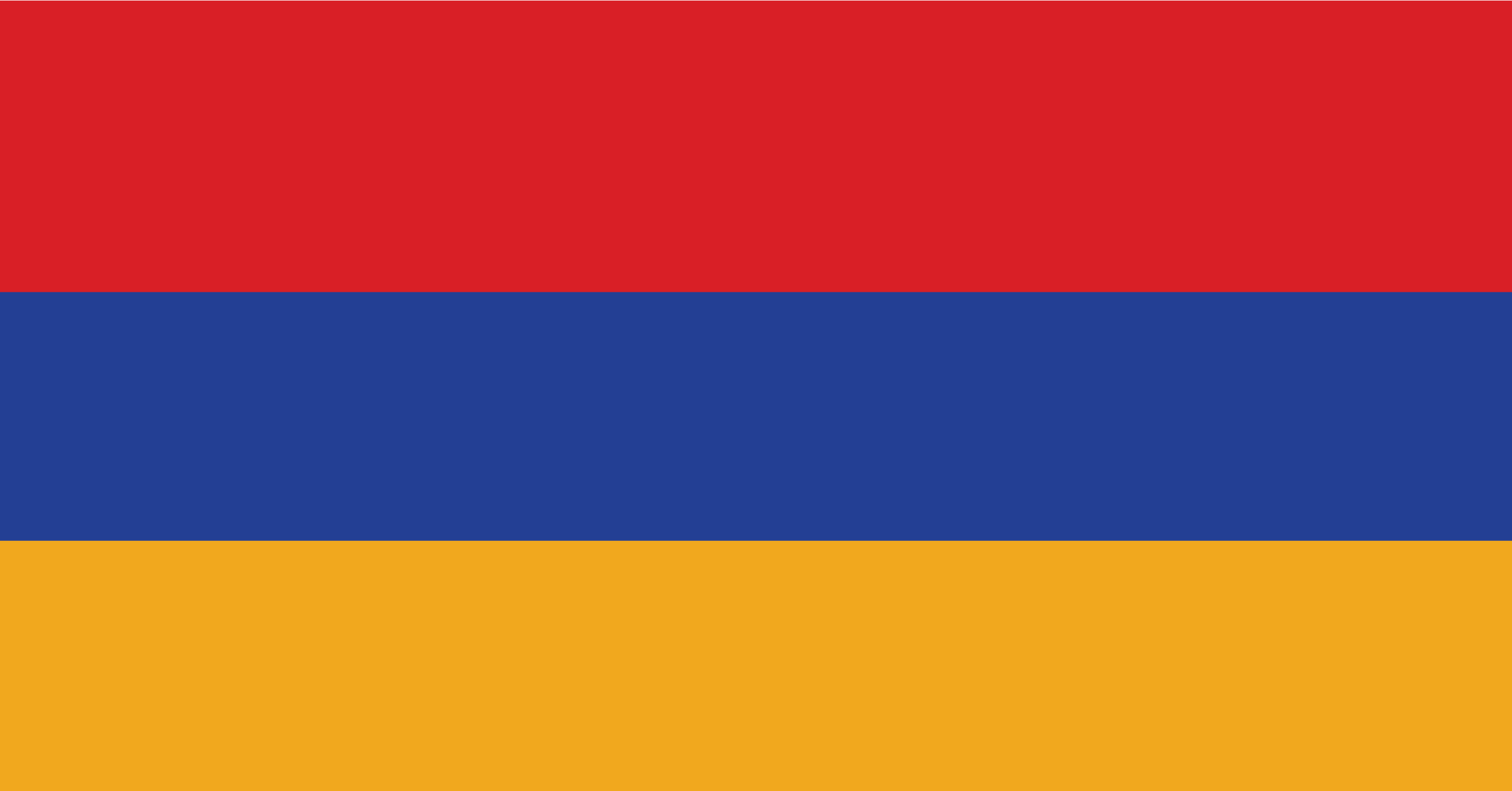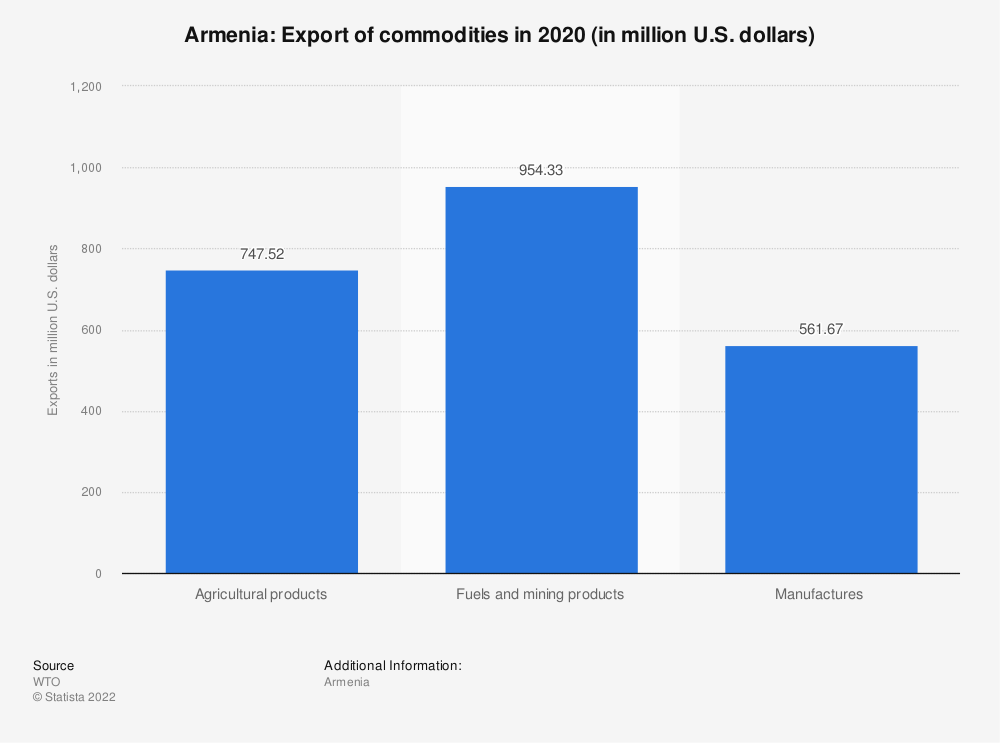General Information
Official Name
Republic of Armenia (Armenia)
Capital
Yerevan
Date of Formation
21. 09. 1991 – Armenia’s independence referendum day. Based on the referendum results /99% of the votes proved in favor of independence/ the Republic of Armenia was proclaimed an independent State by Parliament. September 21 is marked as Independence Day in the Republic of Armenia. Prior to that, the ASSR Supreme Council adopted the Declaration of Independence on August 23, 1990.
The Anthem
“Mer Hayrenik”/”Our Fatherland”
The Anthem of the Republic of Armenia was adopted on July 1, 1991, by the Supreme Soviet of the Republic of Armenia. It is based on the Anthem of the First Armenian Republic (1918-1920), but with different lyrics. The author of the lyrics is poet Mikael Nalbandian (1829-1866).
The Flag
The law ‘On the State Flag of the Republic of Armenia” was adopted on August 24, 1990, by the Supreme Soviet of the Republic of Armenia.
Following the constitutional reform of November 27, 2005, a new RA law on the National Flag of the Republic of Armenia was adopted on June 15, 2006. The national flag of the Republic of Armenia is a national emblem of the Republic of Armenia. The national flag of the Republic of Armenia is of three colors in stripes of the same width – red, blue, orange respectively from top to bottom. The Red emblematizes the Armenian Highland, the Armenian people’s continued struggle for survival, maintenance of the Christian faith, Armenia’s independence and freedom. The Blue emblematizes the will of the people of Armenia to live beneath peaceful skies. The Orange emblematizes the creative talent and hard-working nature of the people of Armenia. The width-length ratio of the flag is 1/2. Smaller and larger pieces of cloth proportionate to the one described in this section may be used.

The Coat of Arms
The law ‘On the State Coat of Arms of the Republic of Armenia” was adopted on April 19, 1992, by the Supreme Soviet of the Republic of Armenia.
It is a rendition of the Coat of Arms of the First Armenian Republic (1918-1920) designed by member of the Russian Academy of Fine Arts, Architect Alexander Tamanian and artist Hakob Kojoyan.
Following the constitutional reform of November 27, 2005, a new RA law on the State Coat of Arms of the Republic of Armenia was adopted on June 15, 2006. The Coat of Arms of the Republic of Armenia is as follows: On a shield, positioned in the center, Mount Ararat is represented with Noah’s Ark and the coats of arms of the four royal dynasties of the historical Armenia: from top to left – that of the Bargratunides, from top to right – that of the Arshakounides, from bottom to left – that of Artashesides, from bottom to right – that of the Rubenides. The shield is upheld by an eagle (on the left) and lion (on the right). There is a sword, as well as a branch of a tree, a bundle of spikes, a chain and a ribbon pictured below the shield. Golden is the main color of the Coat of Arms of the Republic of Armenia.

Government System
The President
The President of the Republic of Armenia is the head of State. The President ensures adherence to the Constitution and provides for regular functioning of legislative, executive and judicial authorities. The President is the guarantor of Republic of Armenia’s sovereignty, territorial integrity and security. The President of Republic is elected by the citizens of the Republic of Armenia for a five year term of office.
The Executive Power
Executive power is exercised by RA Government. The Government is composed of Prime Minister and Ministers. Based on consultations held with National Assembly factions, the President of Republic appoints the person nominated by the parliamentary majority to be Prime Minister or – where impossible – the person nominated by the largest number of NA membership. The President of the Republic appoints and discharges members of government on Prime Minister’s proposal.
The Legislative Power
The single-chambered National Assembly is the supreme legislative authority of the Republic of Armenia. The National Assembly consists of 131 deputies /90 of which are elected on the basis of proportional representation and 41- majority representation/. The National Assembly is elected through general elections for a term of five years. Parliamentary elections were last held in 2012.
The Judicial Power
In the Republic of Armenia justice shall be administered solely by the courts in accordance with the Constitution and the laws. The courts operating in the Republic of Armenia are the first instance court of general jurisdiction, the courts of appeal, the Court of Cassation, as well as specialized courts in cases prescribed by the law. The highest court instance in the Republic of Armenia, except for matters of constitutional justice, is the Court of Cassation, which shall ensure uniformity in the implementation of the law. The Constitutional Court shall administer the constitutional justice in the Republic of Armenia. The independence of courts shall be guaranteed by the Constitution and laws. The Constitution and the law shall define the procedure for the formation and activities of the Council of Justice. The Office of the Prosecutor General in the Republic of Armenia represents a unified, centralized system, headed by the Prosecutor General. The Office of the Prosecutor General shall operate within the powers granted by the Constitution and on the basis of the law.
Administrative Division
Eleven marzes (provinces)
(including the capital city of Yerevan)
Capital City
Yerevan
Major Cities
Gyumri, Vanadzor
Geography
Geographic Coordinates
in the South: 38o 50′ Northern Latitude;
in the North: 41o 18′ Northern Latitude:
in the West: 43o 27′ Eastern Longitude;
in the East: 46o 37′ Eastern Longitude
Neighboring Countries
in the North: Georgia; in the East: Azerbaijan; in the South: Iran;
in the South-West: Nakhijevan (Azerbaijan); in the West: Turkey.
Territory
29.74 thousand square kilometers
Average Altitude Above Sea Level
1,800 meters
Highest Mountain Peak
Aragats (4,090 meters)
Natural Resources
Armenia is rich in copper, iron, bauxite, molybdenum, gold,
silver, lead and zinc.
Substantial deposits of pumice, marble, tufa, perlite, limestone,
basalt and salt also exist. Precious and semi-precious stones are abundant.
Armenian National Atlas – Volume A
Armenian National Atlas – Volume B
Demographics
Ethnic Breakdown
Armenians – 96%
Minorities: Russians, Yezidis, Kurds, Assyrians, Greeks, Ukrainians, Jews and others
Official Language
Armenian
Population
3010.6 thousand (as of January 1, 2015)
Religion
Christian
Church
Armenian Apostolic
Religious Center
St. Etchmiadzin, the Cathedral of the Armenian Apostolic Church and the Residence of the Catholicos (Patriarch) of all Armenians
Infographics

















